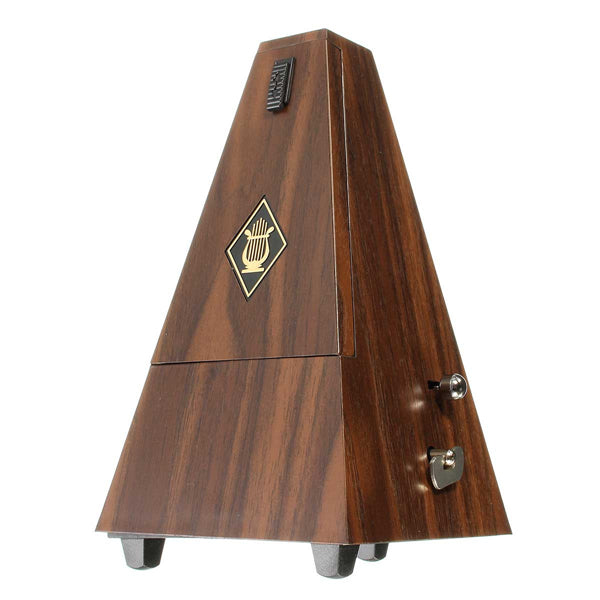

Additionally, recording musicians use click tracks from metronomes to help audio engineers synchronize audio tracks.

This also helps to expose slow-downs due to technical challenges. Specific uses include learning to play tempos and beats consistently-for example, one fighting a tendency to speed up might play a phrase repeatedly while slightly slowing the BPM setting each time (to play more steadily)-and practising technique by setting the metronome progressively to higher speeds until the desired speed is achieved. is often followed by a note value and a number that indicates the tempo, as in M.M. increasing 120 to 121), but such a difference is hardly perceptible. Some digital metronomes allow adjustment to more precise tempos (e.g. The most common arrangement of tempos on a Maelzel metronome begins with at 40 beats per minute Ī hardware (non-software/non-app based) metronome's tempo typically is adjustable from 40 to 208 BPM. Metronomes will often include both BPM and tempo markings.

For example, the term "Vivace" can indicate a tempo between 156 and 176 BPM, but it also communicates that the music should be played with a lively character. Even pieces that do not require a strictly constant tempo (such as with rubato) sometimes provide a BPM marking to indicate the general tempo.Ī tempo marking is a term that conveys a narrow range of tempos and an associated character. Tempo is almost always measured in beats per minute (BPM). Metronomes are also used as a training tool to increase performance speed. Musicians practise playing to metronomes to develop and maintain a sense of timing and tempo.

112 containing Beethoven's first metronome mark. This was done in 1815, with the corrected copy of the score of the Cantata op. Ludwig van Beethoven was perhaps the first notable composer to indicate specific metronome markings in his music. Through questionable practice, Johann Maelzel, incorporating Winkel's ideas, added a scale, called it a metronome and started manufacturing the metronome under his own name in 1816: "Maelzel's Metronome." The original text of Maelzel's patent in England (1815) can be downloaded. The more familiar mechanical musical chronometer was invented by Dietrich Nikolaus Winkel in Amsterdam in 1814. To get the correct pulse with this kind of visual device, the musician watches the pendulum as if watching a conductor's baton. In 1696, Etienne Loulié first successfully used an adjustable pendulum to make the first mechanical metronome-however, his design produced no sound, and did not have an escapement to keep the pendulum in motion. Galileo Galilei first studied and discovered concepts involving the pendulum in the late 16th and early 17th centuries. Ī Wittner mechanical wind-up metronome in motionĪccording to Lynn Townsend White Jr., Andalusian inventor Abbas Ibn Firnas made an attempt at creating a metronome. This has led some musicians to criticize use of a metronome, because metronome time is different from musical time. Typically, every beat of a musically expressive performance does not align exactly with each click of a metronome. When interpreting emotion and other qualities in music, performers seldom play exactly on every beat expressive, flexible rubato may be used at times. Conductors use a metronome to note their preferred tempo in each section. The metronome is used by composers to derive beats per minute if they want to indicate that in a composition. Composers and conductors often use a metronome as a standard tempo reference-and may play, sing, or conduct to the metronome. Metronome practice helps internalize a clear sense of timing and tempo. Musicians practise with metronomes to improve their timing, especially the ability to stick to a regular tempo. In the 20th century, electronic metronomes and software metronomes were invented. In 1815, German inventor Johann Maelzel patented his mechanical, wind-up metronome as a tool for musicians, under the title "Instrument/Machine for the Improvement of all Musical Performance, called Metronome". Musicians use the device to practise playing to a regular pulse.Ī kind of metronome was among the inventions of Andalusian polymath Abbas ibn Firnas (810–887). Metronomes may include synchronized visual motion. A metronome, from ancient Greek μέτρον ( métron, "measure") and νομός (nomós, "custom", "melody") is a device that produces an audible click or other sound at a regular interval that can be set by the user, typically in beats per minute (BPM).


 0 kommentar(er)
0 kommentar(er)
